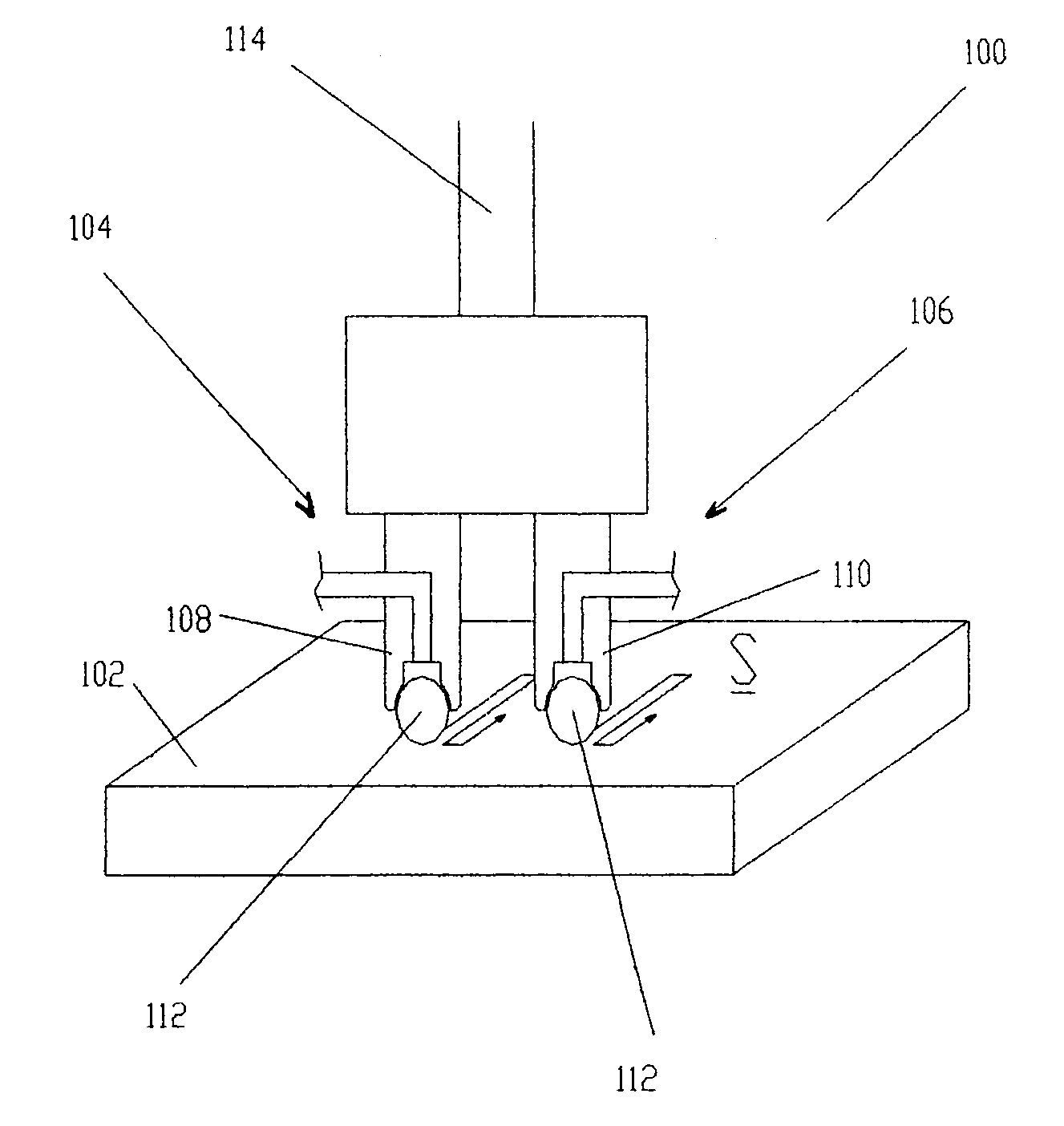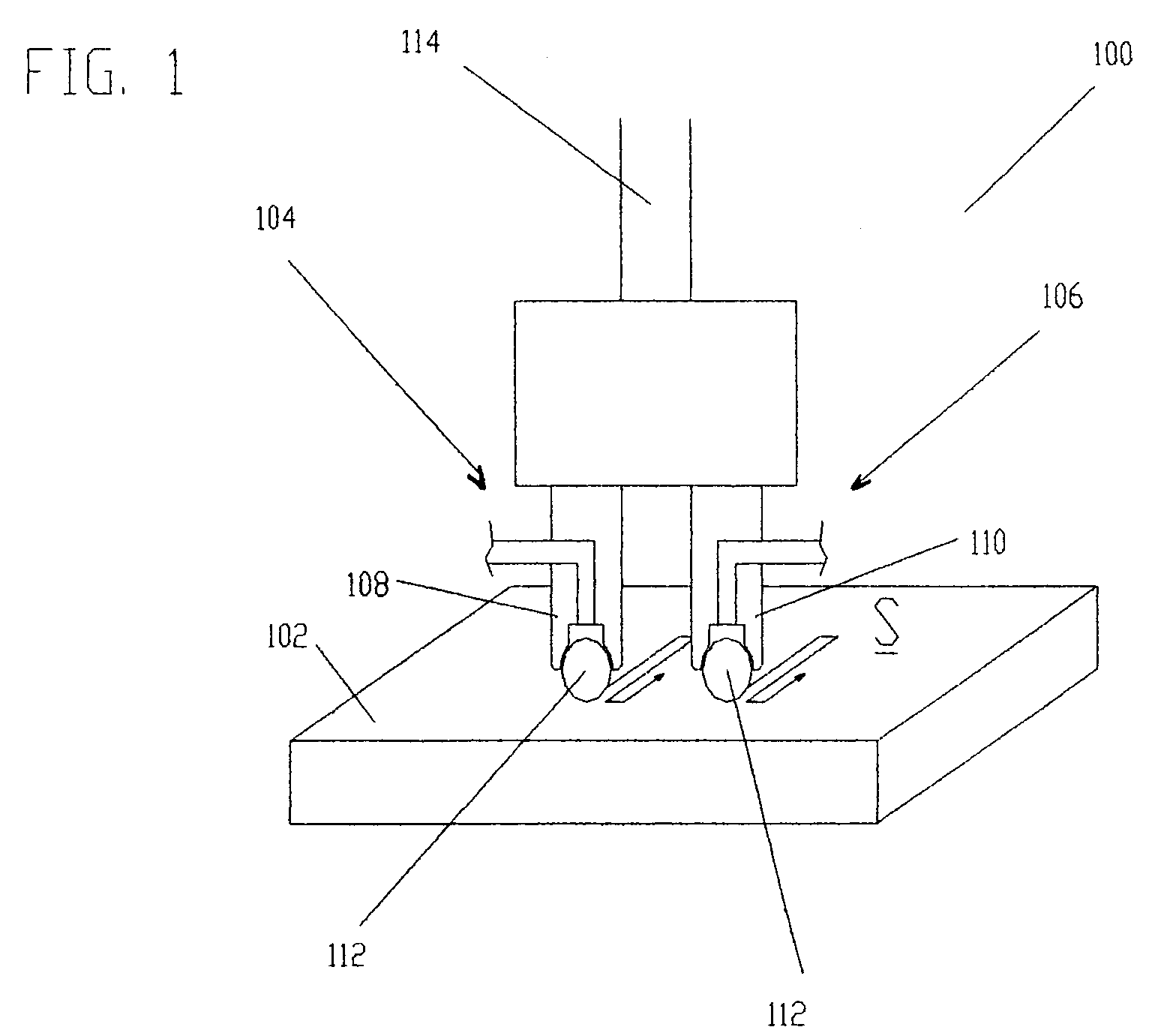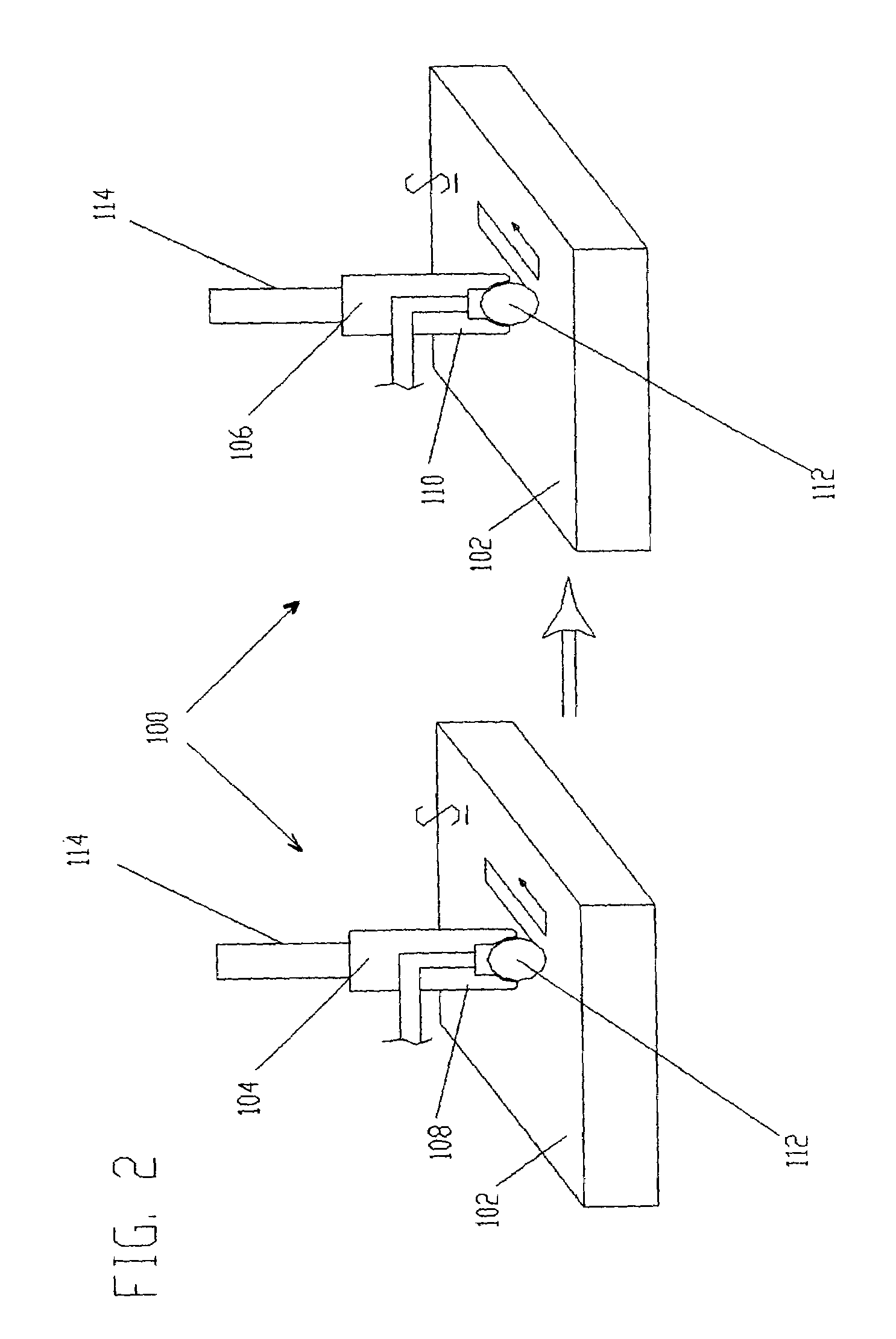Method for improving the magnitude of compressive stress developed in the surface of a part
a compressive stress and magnitude technology, applied in the field of improving the magnitude of compressive stress developed in the surface of a part, can solve the problems of reducing both fatigue life and increasing corrosion sensitivity, and surface residual stress being known to have a major influence on the fatigue and stress corrosion performance of components or parts in servi
- Summary
- Abstract
- Description
- Claims
- Application Information
AI Technical Summary
Benefits of technology
Problems solved by technology
Method used
Image
Examples
Embodiment Construction
[0035]The present invention relates to a method and apparatus for performing the method of inducing compressive residual stress along a selected region of a part. In describing the preferred embodiments of the invention illustrated in the drawings, specific terminology will be resorted to for the sake of clarity. However, the invention is not intended to be limited to the specific terms so selected, and it is to be understood that each specific term includes all technical equivalents that operate in a similar manner to accomplish a similar purpose.
[0036]It has been found that the effect of secondary burnishing or deep rolling either parallel or perpendicular to the original path of the burnishing apparatus using the same burnishing member diameter and compressive loads have shown to have no significant effect on the residual stress developed. In order to facilitate the introduction of greater compressive residual stresses in a part, deep rolling and other conventional burnishing tec...
PUM
| Property | Measurement | Unit |
|---|---|---|
| temperature | aaaaa | aaaaa |
| residual compressive stresses | aaaaa | aaaaa |
| compressive stresses | aaaaa | aaaaa |
Abstract
Description
Claims
Application Information
 Login to View More
Login to View More - R&D
- Intellectual Property
- Life Sciences
- Materials
- Tech Scout
- Unparalleled Data Quality
- Higher Quality Content
- 60% Fewer Hallucinations
Browse by: Latest US Patents, China's latest patents, Technical Efficacy Thesaurus, Application Domain, Technology Topic, Popular Technical Reports.
© 2025 PatSnap. All rights reserved.Legal|Privacy policy|Modern Slavery Act Transparency Statement|Sitemap|About US| Contact US: help@patsnap.com



